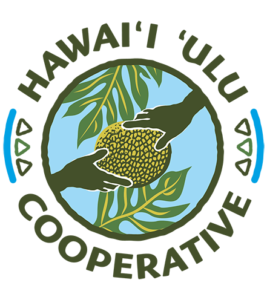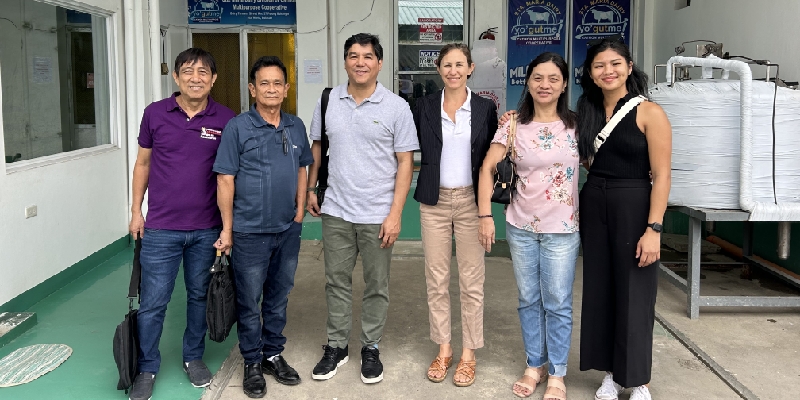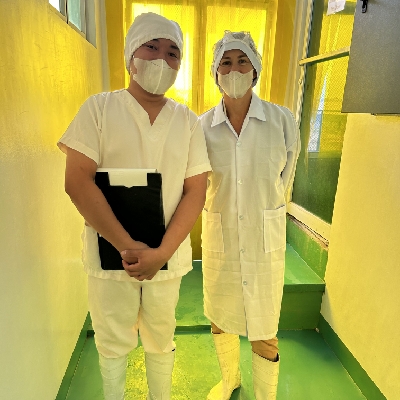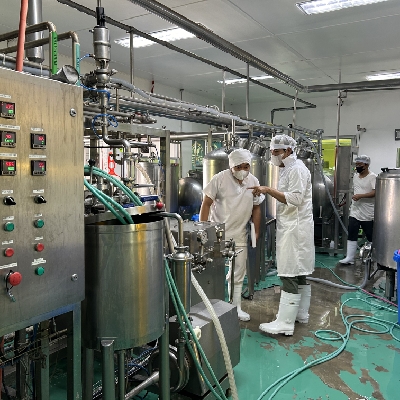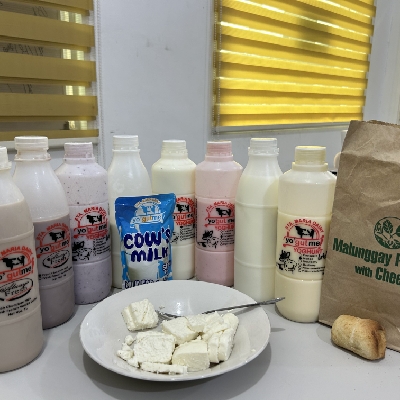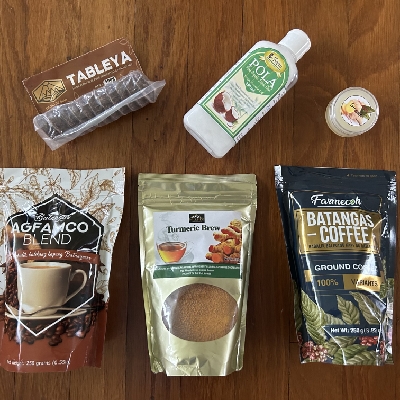Cooperatives in the Philippines
Photo above: Dana Shapiro visits with CMC staff at their processing facility
Visiting one of the Philippines’ successful cooperative businesses, the Catmon Multipurpose Cooperative (CMC), was a highlight of the trip. Like many of the co-ops in the Philippines, CMC was formed exclusively by and for farmers with significant government support in the 1980s but has diversified its offerings over time as the needs of its community have evolved with regional economic development and urbanization. CMC was established in 1987 with 26 farmer members, one of whom still serves as its General Manager.
Today, it has some 14,000 members and many different branches, including a meat processing facility and the Santa Maria Dairy Division located in Santa Maria, Bulacan, the site of our visit, which processed 1600 liters of cow and carabao milk per day supplied by about ten local farmers. Its largest division, however, is a bank that provides microloans to small businesses involved in all sectors of the regional economy. CMC generates about 844 million pesos annually($15 million). Two other co-ops in the Bulacan region where CMC is located have already surpassed 1 billion pesos annually in gross revenues (nearly $18 million). Bulacan is considered the “Co-op Capital” of the Philippines, with over 250 co-ops in the region.
Consistent with the seven principles of the International Cooperative Alliance, CMC strives to help other regional co-ops whenever possible. Its Santa Maria Dairy Division was originally a separate co-op. When it struggled financially and faced potential collapse, CMC stepped in with a merger to save and rebuild it to ensure a market for its farmers’ dairy supply. Fast-paced development in the Bulacan region combined with new pests and diseases – such as the African Swine Flu, which decimated the Philippines’ pork industry – has put pressure on agriculture, causing a decrease in the number of farms. CMC is working with DAR to try to turn this around.
Five years ago, CMC started its dairy facility to increase supply for Santa Maria and serve as a demonstration for other farmers in the region to get back involved. Today, Santa Maria makes delicious, all-natural dairy products, including flavored yogurt drinks, Kesong Puti (traditional, unaged Filipino white cheese made from fermented Carabao milk), paneer for their local Indian community, and fresh cow’s milk – much of which is provided to local schools.
